Pughasa vs. Labbe: Breed Differences and Similarities
Hypoallergenic
Are Pughasas or Labbes hypoallergenic, or neither?
Unfortunately, neither Pughasa nor Labbe are hypoallergenic, which may not make them the best choice for dog lovers who suffer from pet allergies.
Temperament
What are the personalities of Pughasa and Labbe dogs?
Playful
Alert
Courageous
Intelligent
Friendly
Affectionate
Obedient
Loyal
Devoted
Lively
Gentle
Going
Steady
Spirited
Assertive
Cheerful
Playful
Loving
Independent
Energetic
Alert
Intelligent
Friendly
Responsive
Affectionate
Loyal
Lively
Gentle
Going
Social
Sweet
Cheerful
Shedding Level
Do Pughasas shed more than Labbes, or which breed sheds more, Pughasas or Labbes?
Pughasas are heavy shedders, but regular brushing can help manage shedding and promote a healthy coat.
Labbes are moderate shedders, but regular brushing can reduce shedding and maintain coat health.
Watchdog Ability
Which dog breed makes a better watchdog, the Pughasa or Labbe?
Pughasa and Labbe are very good watchdogs. They are a vocal breed and are wary of outsiders, so if someone approaches your home or aims to intrude, these breeds are going to make sure everyone knows about it.
Origin
What is the origin of Pughasa and Labbe dog breeds?
United States
United States
Ancestry
What are the origins of Pughasa and Labbe breeds?
Lhasa Apso, Pug
Labrador Retriever and Beagle
Breed recognition
Which kennel clubs recognize/register Pughasa and Labbe?
ACHC = American Canine Hybrid Club
DBR = Designer Breed Registry
DDKC = Designer Dogs Kennel Club
DRA = Dog Registry of America, Inc.
IDCR = International Designer Canine Registry®
ACHC = American Canine Hybrid Club
DBR = Designer Breed Registry
DDKC = Designer Dogs Kennel Club
DRA = Dog Registry of America, Inc.
IDCR = International Designer Canine Registry®
Date of Birth
When were Pughasa and Labbe breeds first developed?
Unknown
1990s
Eye Color Possibilites
What are the eye colors of Pughasa and Labbe dogs?
Brown
Brown
Coat Color Possibilites
What are the natural colors of the coat for Pughasa and Labbe breeds?
Black
Fawn
White
Black
Brown
White
Fawn
Red
Coat Length
What is the typical coat length for Pughasa and Labbe breeds?
Pughasas have medium-length coats.
Labbes have short coats.
Coat Density
What is the density of the coat of Pughasa and Labbe?
Coat Texture
What is the hair texture of Pughasa and Labbe?
Wiry
Straight
Litter Size
What is the usual litter size for Pughasa and Labbe?
A Pughasa can have a litter of 4-6 puppies on average. However, it's worth noting that the size of the litters can vary greatly. Factors that can influence litter size include the health of the mother, breeding history, and genetics.
A Labbe can have a litter of 2-14 puppies on average. However, it's worth noting that the size of the litters can vary greatly. Factors that can influence litter size include the health of the mother, breeding history, and genetics.
Adaptability
Pughasa and Labbes are known for their adaptability and versatility. They are capable of adapting well to a wide range of lifestyle changes and living environments, making them great companions for families and individuals of all lifestyles.
Health Issues
Between Pughasa and Labbe, which breed is more prone to health problems?
Pughasas typically have low vet costs due to their good health, but it's important to monitor their health and seek vet care when necessary.
While the Labbe breed is generally healthy, occasional vet check-ups are still necessary to address any health concerns.
Major Concerns
What are the major health concerns for Pughasa and Labbe breeds?
Entropion
Intervertebral Disc Disease
Legg-Calve-Perthes Disease
Necrotizing Meningoencephalitis
Liver Shunts
Urolithiasis
Gastric Torsion
Elbow Dysplasia
Intervertebral Disc Disease
Hip Dysplasia
Epilepsy
Congenital Heart Defect
Osteochondritis Dissecans
Minor Concerns
What minor health issues should be kept in mind when owning Pughasa and Labbe?
Hydrocephalus
Eye Problems
Brachycephalic Syndrome
Corneal Ulcer
Otitis Externa
Cataract
Progressive Retinal Atrophy (PRA)
Occasional Tests
What occasional tests are recommended for Pughasa and Labbe breeds?
Eye
Blood
Liver Ultrasound
Skeletal
X-Rays
CT Scan
Physical Examination
Allergy Tests
Respiratory Tests
X-Rays
MRI
Full Body Physical Examination
Eye and Ear Examination
Hip and Elbow X-rays
Energy
How do the energy levels of Pughasas and Labbes compare?
Pughasas are suitable for those with a balanced lifestyle as they have an average energy level.
Labbes' high energy levels make them unsuitable for a low-key dog, choose accordingly.
Social Needs
Pughasa vs Labbe social needs comparison
Pughasa has above average social needs and thrives with interaction with humans and other dogs.
Labbe has very high social needs and requires regular mental and physical stimulation, a job or purpose, and companionship.
Exercise Needed
Pughasa vs Labbe exercise need comparison.
Pughasas need moderate physical activity and are great for families and active individuals.
Labbes require significant physical activity and suit those with an active lifestyle.
Sleeping Need
Which of the two sleeps the most/least: Pughasa or Labbe?
Pughasas have moderate energy levels and typical sleep patterns of 12-14 hours per day.
Labbes sleep less than other breeds but still need adequate sleep for good health.
Tendency to Bark
Do Pughasas or Labbes bark more/less frequently?
Pughasa and Labbe are vocal breeds, with a tendency to bark and howl frequently. They may not be the best fit for those seeking a quiet companion. Their barks can vary and can indicate different emotions and needs.
Mouthiness
Mouthiness Comparison: Pughasa vs Labbe?
Roaming urge
Pughasa vs Labrador: Running away tendency?
Prey Drive
Pughasa or Labbe - which breed has a higher level of prey drive?
Past times
What are some enjoyable activities and ways to keep Pughasa and Labbe entertained?
Play keep away, Walk, Tug-of-war, Dressing up, Run, Playing
Fetch, Walks, Walking, Chasing Moths, Laser Play, Tug-of-war, Running, Tricks, Hiking, Wrestling, Swimming, Lounging, Dog Parks, Eating Snacks
Activity Level
Which breed has higher energy, Pughasas or Labbes?
Pughasas are medium-energy dogs and typically enjoy socializing and playing casual or even sustained games of chase with other dogs. They may also have occasional periods of barking or racing around the house.
Labbes are high-energy dogs. They need mental as well as physical exercise. These dogs require a lot of your involvement and without it they can, and will, become problematic dogs.
Tolerance of being left alone
Walks per Week
How many miles should Pughasa or Labbe walk each week?
There's really no limit to how far you walk your dog as long as they're comfortable. For Pughasa, it's at least 8 miles / week. Just remember to build distance and stamina gradually over time.
There's really no limit to how far you walk your dog as long as they're comfortable. For Labbe, it's at least 14 miles / week. Just remember to build distance and stamina gradually over time.
Activity per Day
Do Pughasas or Labbes require more exercise?
In general most Pughasas usually need at least 25 minutes of exercise daily. This can be spread across the day and include all sorts of high-energy activities, like walking, running and playing.
In general most Labbes usually need at least 60 minutes of exercise daily. This can be spread across the day and include all sorts of high-energy activities, like walking, running and playing.
Grooming
Which breed is easier to maintain in terms of grooming, Pughasas or Labbes?
The Pughasa requires an average amount of grooming compared to other breeds.
The Labbe is a low-maintenance breed that doesn't require much grooming.
Brushing Frequency
What is the recommended brushing frequency for Pughasa and Labbe dogs?
Ideally, Pughasa should be brushed at least 2 or 3 times a week (preferably daily) improve shedding.
Labbe should be brushed at least once a week. Of course you can give them more frequent brushes if you find that they are still shedding a lot
Brushing Tools
What brushing tools are used for Pughasas and Labbes?
Pin Brush
Comb
Scissors
Nail Clipper
Pin Brush
Flea Comb
Nail Clipper
Cups
How much food should be given to Pughasa or Labbe in cups?
For an average 12-18 pound (5 - 8 kg) Pughasa feed 1 cups daily. But, keep in mind, the amount you feed is going to be dependent on the quality of the food you are feeding.
For an average 25-40 pound (11 - 18 kg) Labbe feed 3 cups daily. But, keep in mind, the amount you feed is going to be dependent on the quality of the food you are feeding.
Daily Cost
Which breed has a higher daily cost, Pughasa or Labbe?
The average cost of a Pughasa is somewhere $1.00 - $1.40 per day.
The average cost of a Labbe is somewhere $1.70 - $2.00 per day.
Monthly Cost
Which breed has a higher monthly cost, Pughasa or Labbe?
The average per month expenses of a Pughasa is between $35 - $42. This makes an average of $420 - $504 per year. It will be on the higher side when the dog is still small because it will need more frequent visits to the vet, shots.
The average per month expenses of a Labbe is between $48 - $63. This makes an average of $576 - $756 per year. It will be on the higher side when the dog is still small because it will need more frequent visits to the vet, shots.
Intelligence
Comparing Intelligence: Pughasas vs Labbes
Pughasas are average in obedience intelligence but have a high IQ and may cause trouble if left unsupervised.
Labbe is a very intelligent and trainable breed.
Sensitivity Level
How do Pughasa and Labbe compare in sensitivity?
This breed is sensitive and requires gentle handling and a calm home environment.
This breed is sensitive to its environment and best suited for patient and understanding families with a consistent routine.
Affection Dependance
Which is the more affectionate dog breed: Pughasa vs Labbe?
Apartment Friendly
Which breed is more apartment-friendly: Pughasa or Labbe?
Pughasas make excellent apartment dogs, being fairly active indoors and not requiring a yard.
Labbes can do well in apartments with enough exercise and time outside, but a small yard would be ideal.
Child Friendly
Do Pughasas or Labbes have a friendlier temperament towards children?
The typical characteristics of Pughasa and Labbe indicate that this breed of dog is an ideal companion for kids and makes them family pets. Their gentle and protective nature and calm mentality make them gel along quickly with the younger humans.
Senior-friendly
Which dog is more suitable as a pet for the elderly - Pughasa or Labbe?
Cat Friendly
Do Pughasa or Labbe breeds have a better compatibility with cats?
Pughasas are very friendly with cats and make great companions for them.
Labbes are good with cats, but early training is needed to prevent chasing behavior.
Dog Friendly
Which breed is more sociable with other dogs: Pughasa or Labbe?
Pughasas and Labbes are very friendly towards other dogs. This breed typically have a happy and affectionate temperament around dogs.
Pet friendly
How do Pughasa or Labbe dogs interact with other pets?
Stranger Friendly
Which breed is more friendly with strangers: Pughasa or Labbe?
Pughasas are friendly but may bark at strangers, and training is easy due to their intelligence.
Labbes are highly friendly around strangers.
Playfulness
Which breed is more playful between Pughasa and Labbe?
Pughasas have an average level of playfulness, enjoying playtime like most dogs but not excessively so.
Labbes are very playful, so adopting an older one might be a better option for a more relaxed experience.
Trainability
How do the trainability levels of Pughasas and Labbes compare?
Pughasas are usually easy to train but require consistency to fully obey commands.
The Labbe is highly intelligent and eager to please, making it a great choice for both novice and experienced dog owners due to its easy trainability.
Compare Pughasa with other breeds
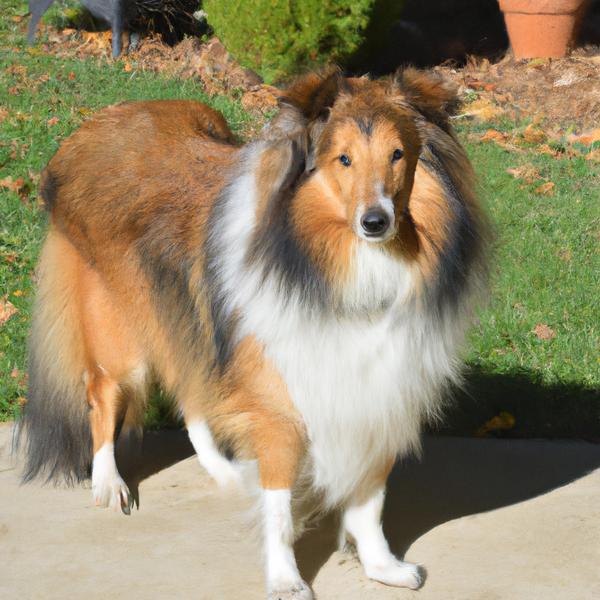
Gordon Sheltie
Pughasa vs Gordon Sheltie
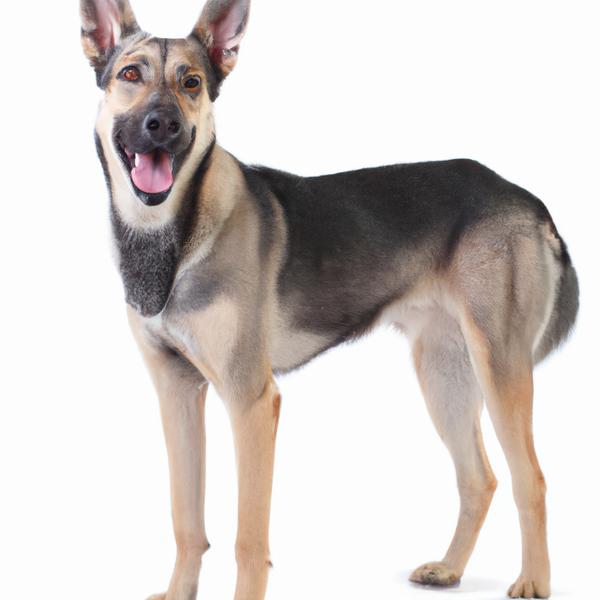
Maspyr
Pughasa vs Maspyr
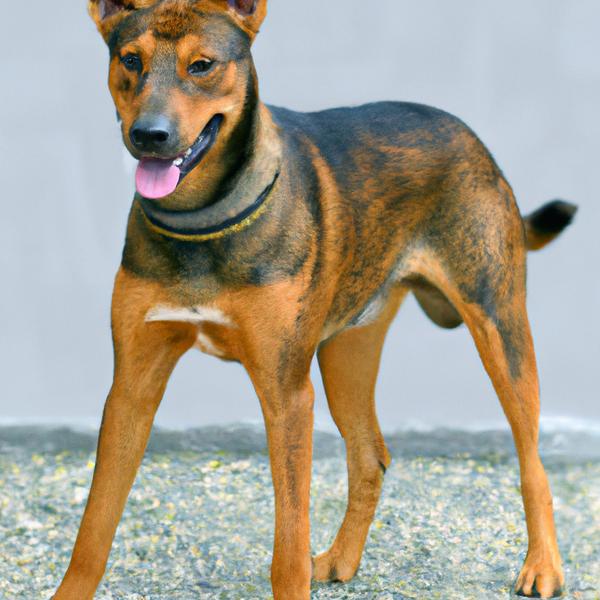
Bostalian
Pughasa vs Bostalian

Blue Blood Cane Corso
Pughasa vs Blue Blood Cane Corso
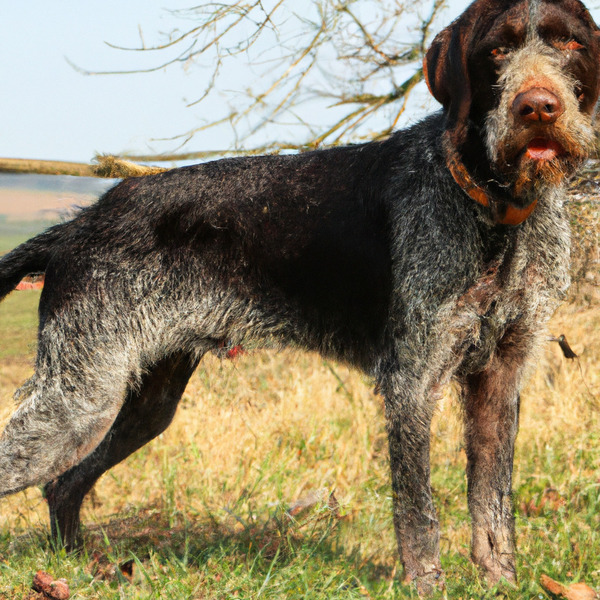
Deutsch Drahthaar
Pughasa vs Deutsch Drahthaar
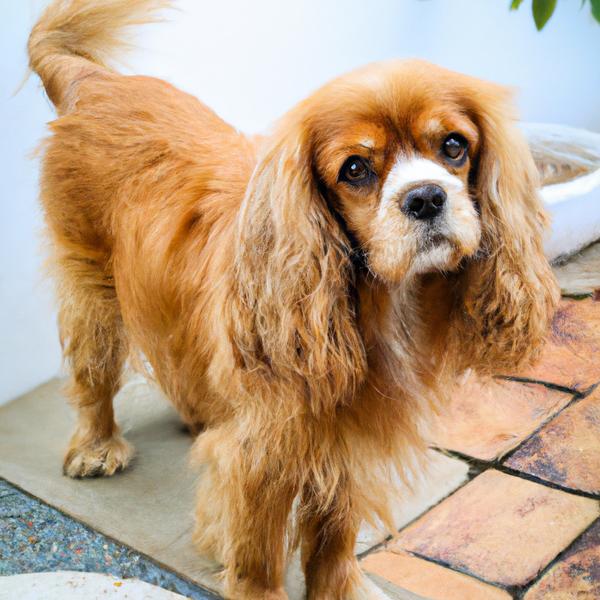
Golden Cavalier
Pughasa vs Golden Cavalier
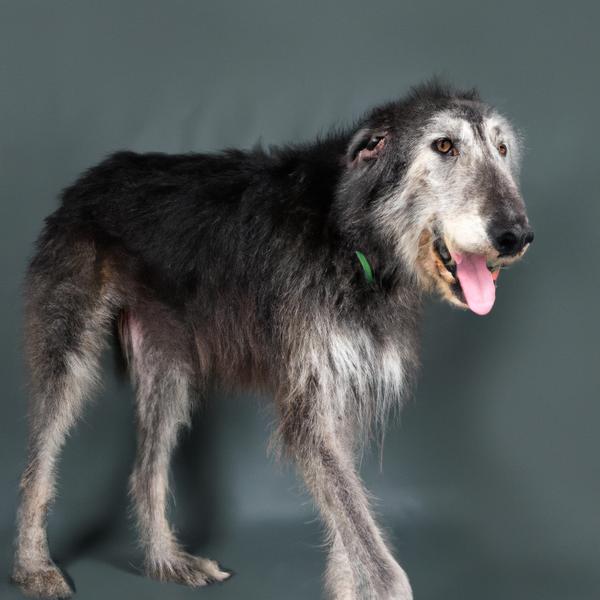
Old Deerhound Sheepdog
Pughasa vs Old Deerhound Sheepdog
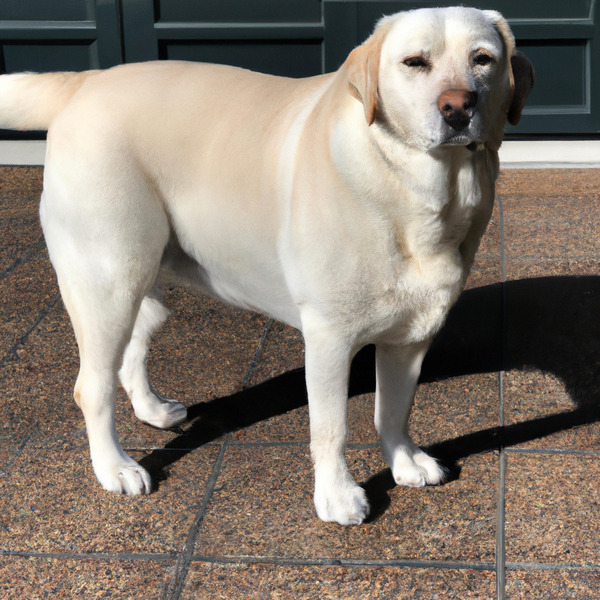
Labbe
Pughasa vs Labbe
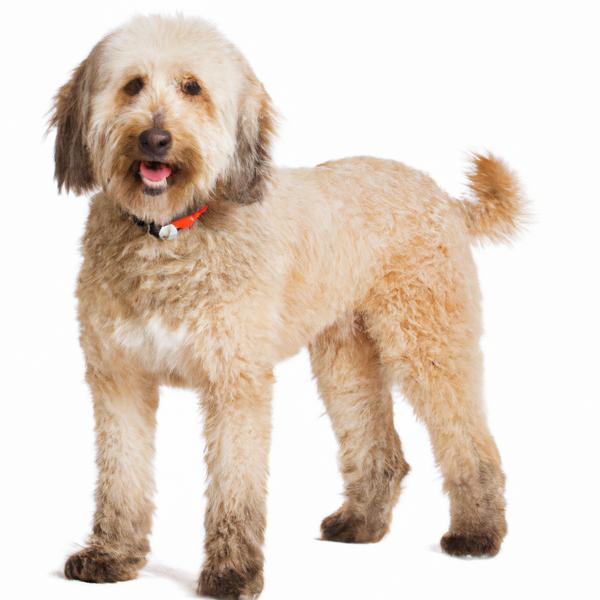
Terri-Poo
Pughasa vs Terri-Poo
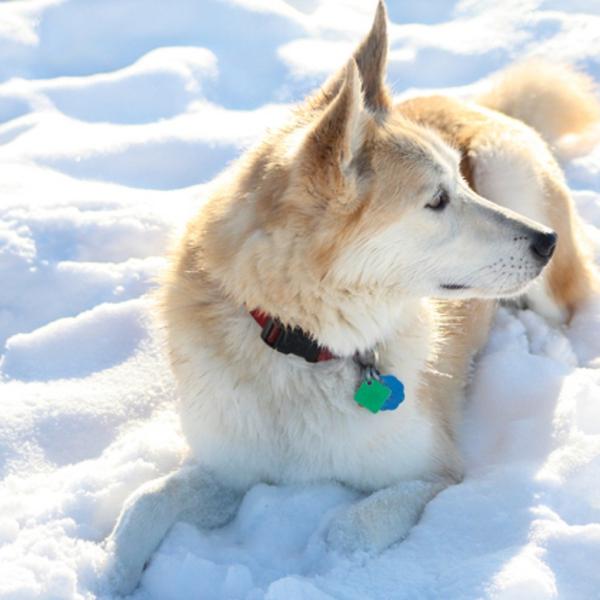
Labrador Husky
Pughasa vs Labrador Husky
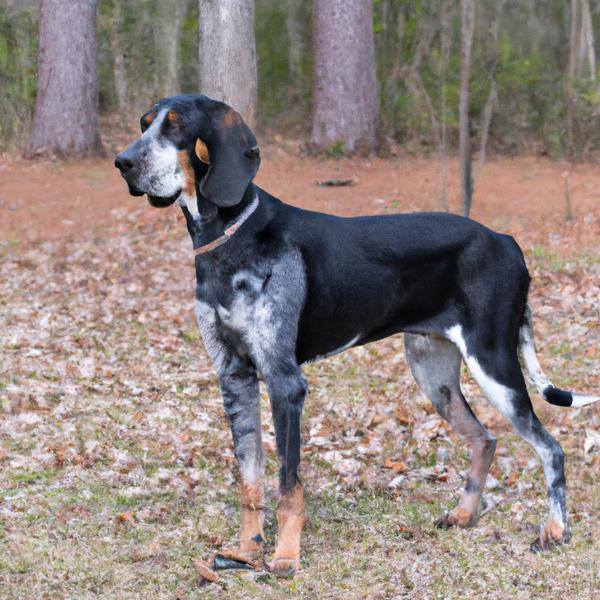
Bluetick Coonhound Harrier
Pughasa vs Bluetick Coonhound Harrier
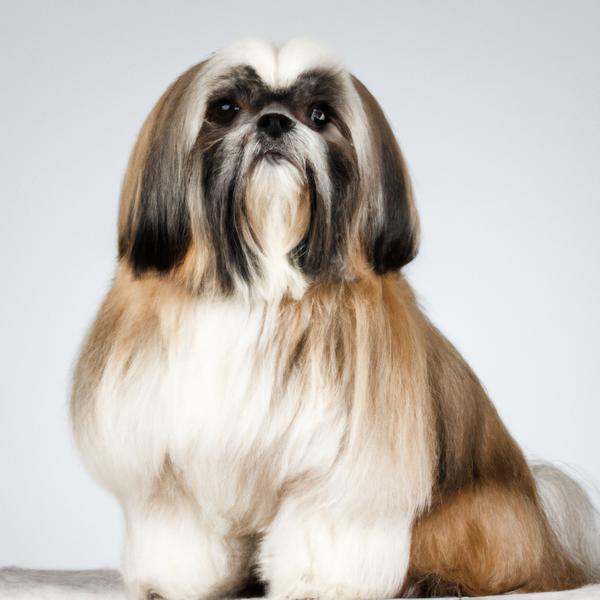
Jatzu
Pughasa vs Jatzu
